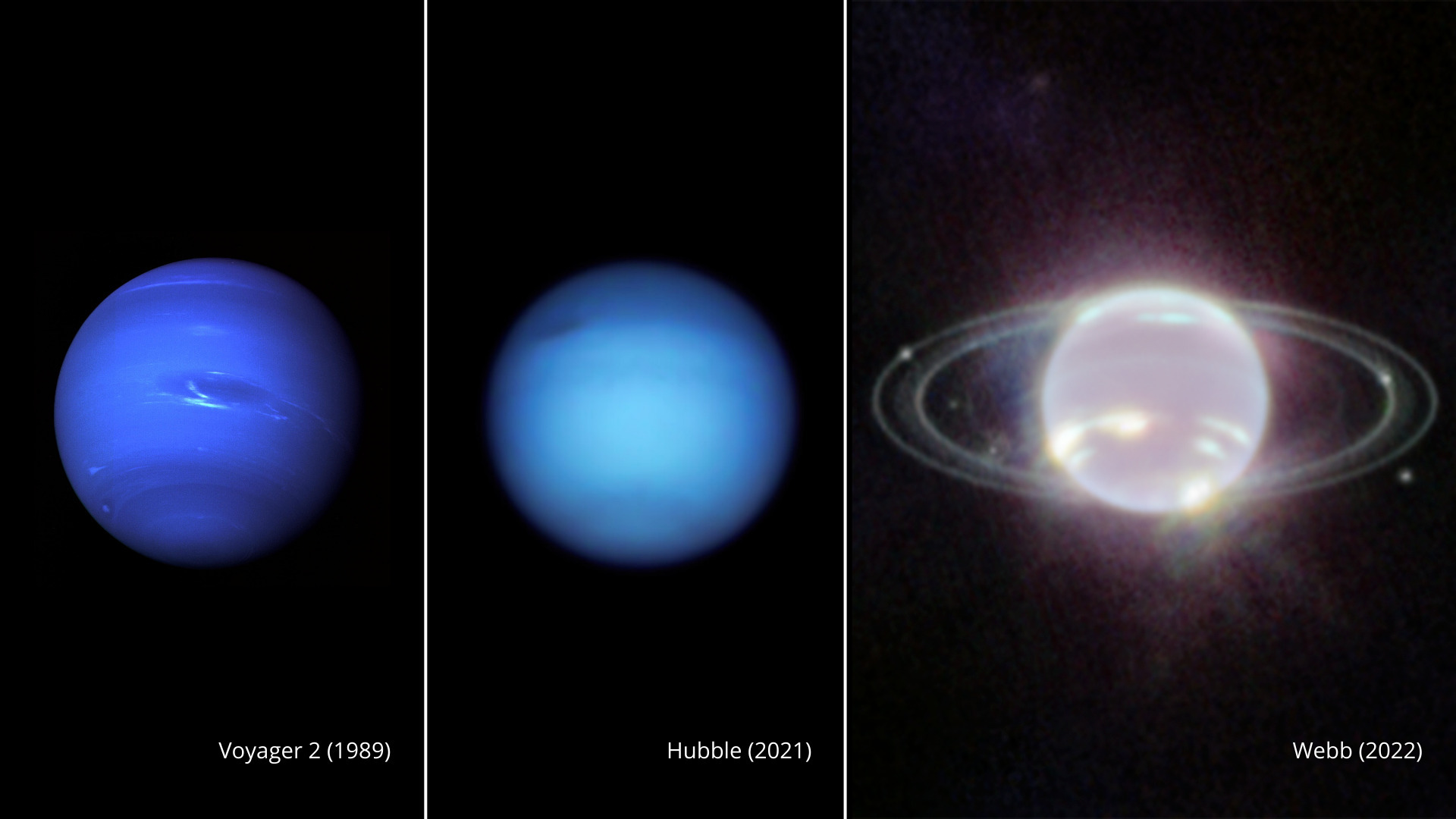A spacecraft that plowed into a small, harmless asteroid millions of miles away succeeded in shifting its orbit, NASA said Tuesday in announcing the results of its save-the-world test.
The space agency attempted the first test of its kind two weeks ago to see if in the future a killer rock could be nudged out of Earth’s way.
WATCH ANYTIME FOR FREE
>Stream NBC10 Boston news for free, 24/7, wherever you are. |
The DART spacecraft carved a crater into the asteroid Dimorphos on Sept. 26, hurling debris out into space and creating a cometlike trail of dust and rubble stretching several thousand miles. It took days of telescope observations to determine how much the impact altered the path of the 525-foot asteroid around its companion, a much bigger space rock.
Before the impact, the moonlet took 11 hours and 55 minutes to circle its parent asteroid. Scientists had hoped to shave off 10 minutes but NASA Administrator Bill Nelson said the impact altered the asteroid's orbit by about 32 minutes.
Get updates on what's happening in Boston to your inbox. Sign up for our >News Headlines newsletter.
"This is a watershed moment for planetary defense and a watershed moment for humanity," Nelson said during a briefing at NASA headquarters in Washington.
He added that the mission shows that NASA is trying to be ready for "whatever the universe throws at us."
Neither asteroid posed a threat to Earth — and still don’t as they continue their journey around the sun. That’s why scientists picked the pair for the world’s first attempt to alter the position of a celestial body.
Launched last year, the vending machine-size DART — short for Double Asteroid Redirection Test — was destroyed when it slammed into the asteroid 7 million miles away at 14,000 mph.
The test cost $325 million.



